Frequently asked questions
Why should a behaviourist take background information on a horse and their behaviour?
Behaviour always happens for a reason, and as a horse owner, you know your horse better than anyone else. It is essential to inform an equine behaviourist of factors such as the horse's environment, management, health history, and training to provide the behaviourist with an insight into how the undesired behaviour may have developed. By combining your information with a behaviourist's knowledge, we can piece together the function of the behaviour and tackle the root cause.
A qualified or certified behaviourist will always ask for background information, as it helps to identify the root cause of the behaviour. If a behaviour is being addressed without finding the root cause, it can increase the likelihood of the behaviour worsening or being redirected. Therefore, providing background information and having a good knowledge of behaviour and learning theory is vital in effectively addressing equine behaviour issues.
How long does it take to see improvement in a horse’s behaviour when working with a behaviourist?
Like people, every horse is different, with different owners, management, training, environment, and individual personalities. If you put 10 children in a class for maths, even with the same teachers, they will all have different outcomes at different stages. Similarly, each horse responds differently to training, and although there are times small management changes can instantly make a big difference, there is no set time frame for seeing improvement.
Expecting quick fixes in any area of our lives often sets us up for failure. It takes knowledge, time, and patience to ensure effective, long-term results. For instance, fixing a broken chair leg with tape might work temporarily, but it's not a sustainable or reliable solution. Similarly, addressing equine behaviour issues requires a thorough understanding of the underlying cause and a tailored training plan that addresses the root cause, which may take time to implement effectively. Therefore, it is essential to have realistic expectations and a long-term approach when working with an equine behaviourist.
What are your methods informed by?
As an equine behaviourist, methods should always be based on the latest scientific research and evidence-based practices. To rely on up-to-date information to ensure that we are using the best and most effective methods proven to help horses and their owners.
A behaviourist’s primary focus is always on positive results that improve both the behavioural and physiological response in the horse. We do not rely on methods based on opinion, but rather on the latest scientific understanding of equine behaviour and training. This approach allows us to create an unbiased plan that is tailored to the individual needs of each horse and their owner.
By staying up-to-date with the latest research and evidence-based practices, we can ensure that I am using the most effective and humane methods possible. A behaviourist’s goal is always to help horses and their owners achieve long-term success and a positive relationship.
